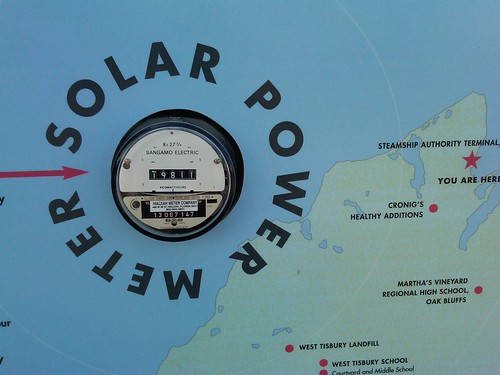
China's energy footprint continues to make news. In July, a report by the International Energy Agency (IEA) said that in 2009, China was the world's largest energy consumer. According to the IEA, in 2009, China consumed 2.25 billion tons of oil equivalent in 2009. (Compare the U.S. at 2.17 billion tons -- close, but a lower number.) China subsequently ordered over 2,000 industrial facilities to close over their energy consumption. Now, China is refuting the IEA study's results. Chinese statistical agencies now point to a 2009 energy consumption in China of 2.15 billion tons, arguably due to differences in how consumption is estimated. Whatever China's total energy footprint is, China's large population means that China's energy intensity -- measured in energy consumed per capita -- is roughly 20% of that of the U.S.
The World Meteorological Organization is publicly linking flooding in places like China, Pakistan, and the U.S. with renewed predictions of disaster due to climate change.
Russia is reporting that Iran will soon load fuel into its nuclear reactor.


No comments:
Post a Comment